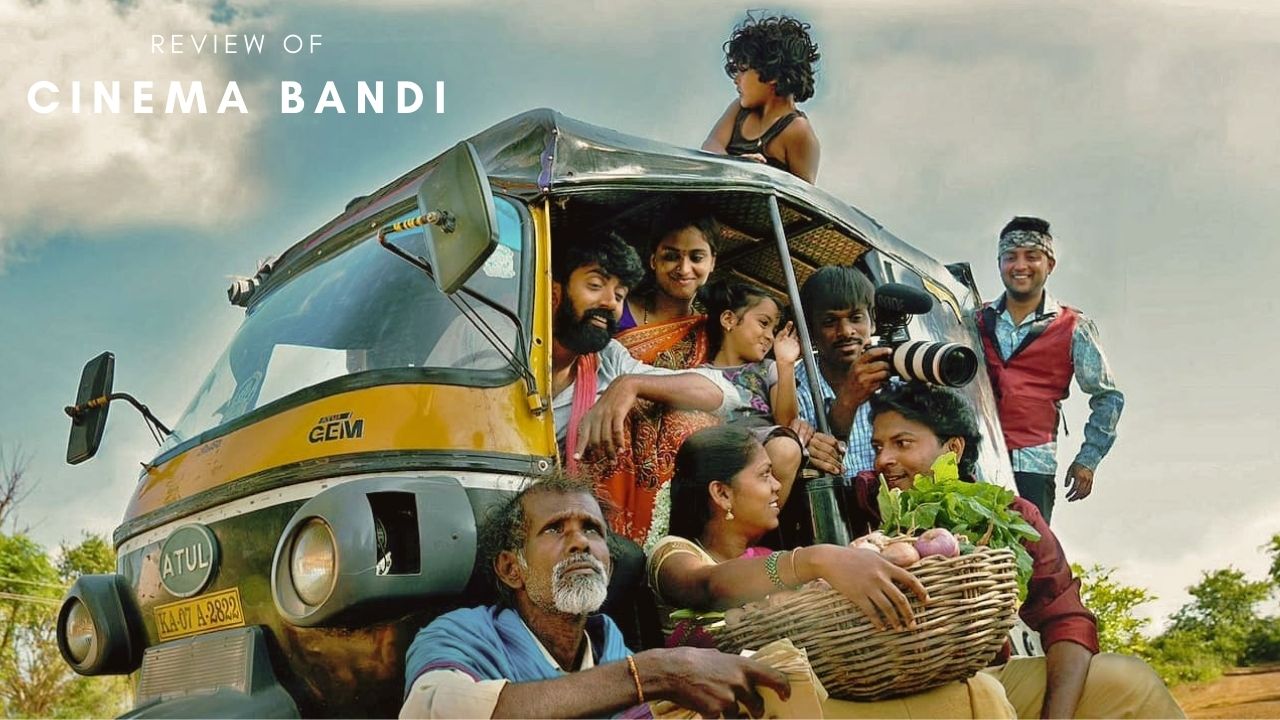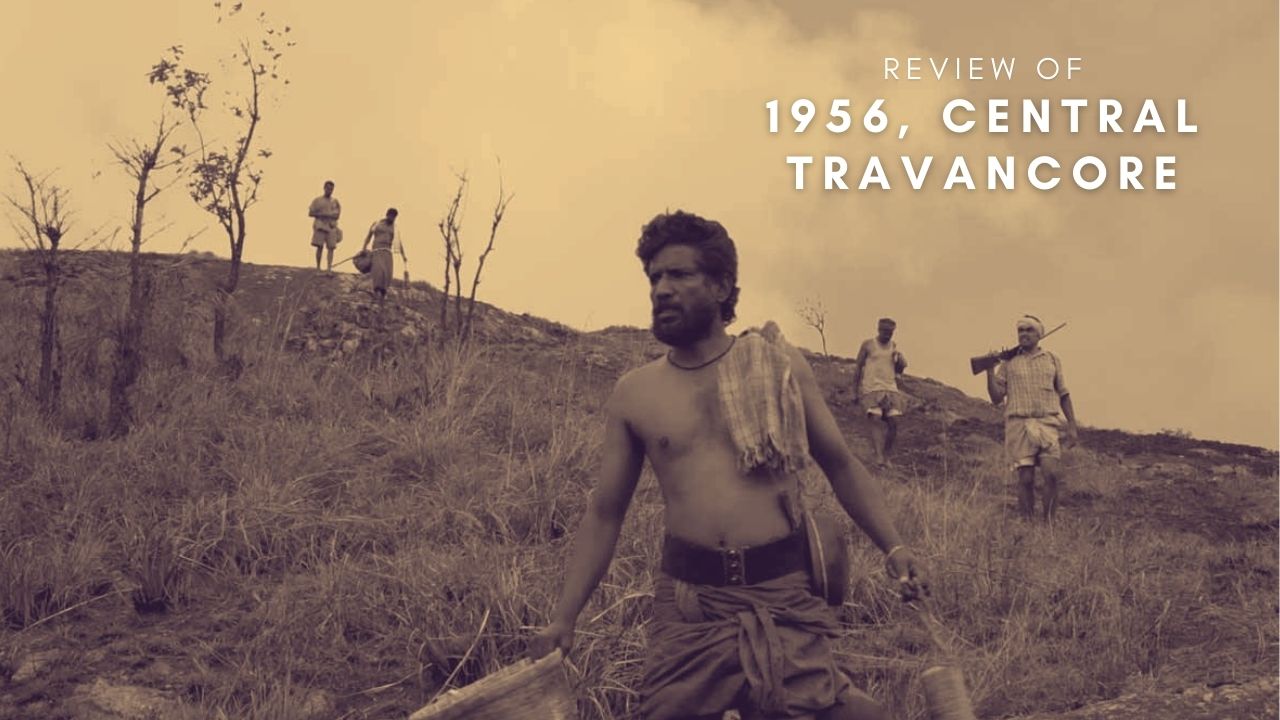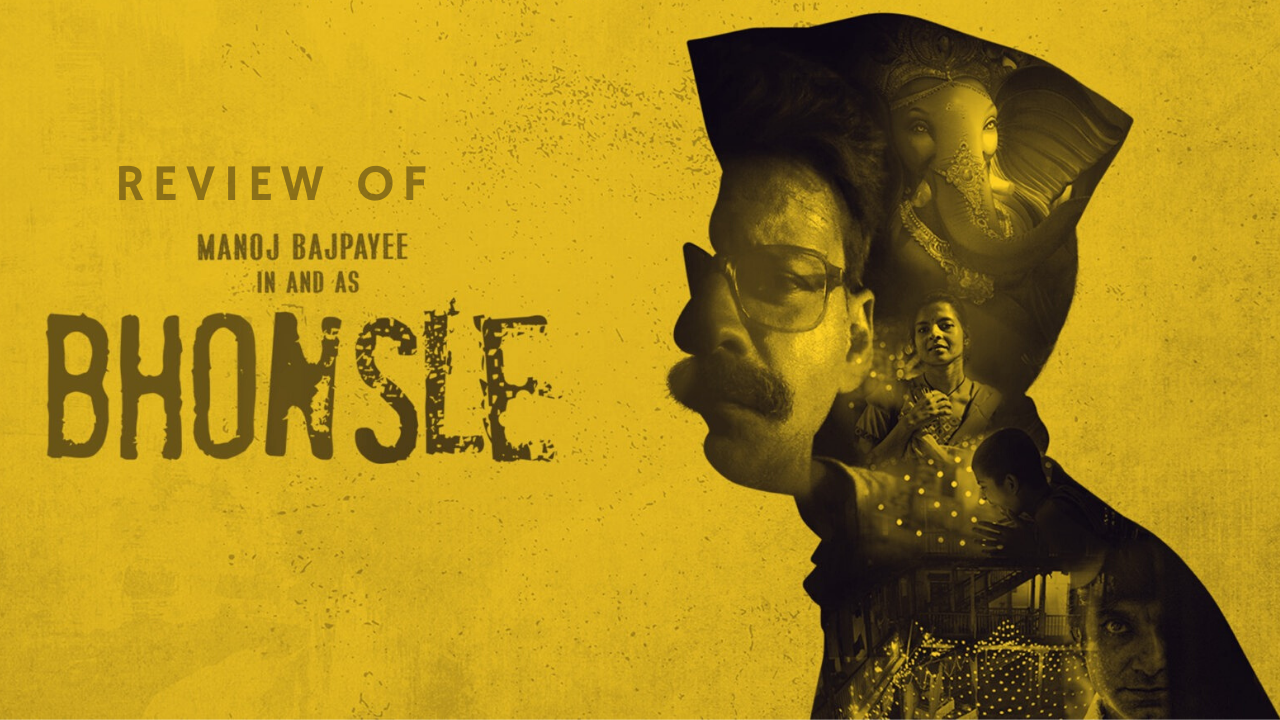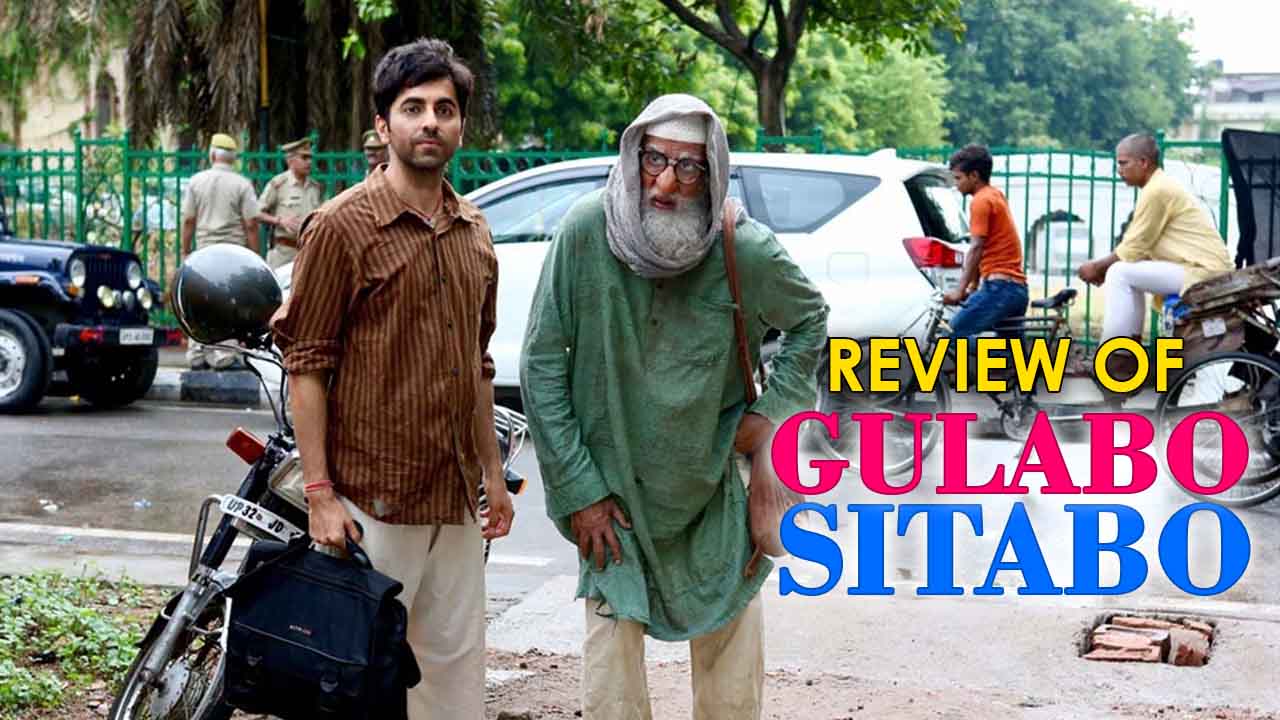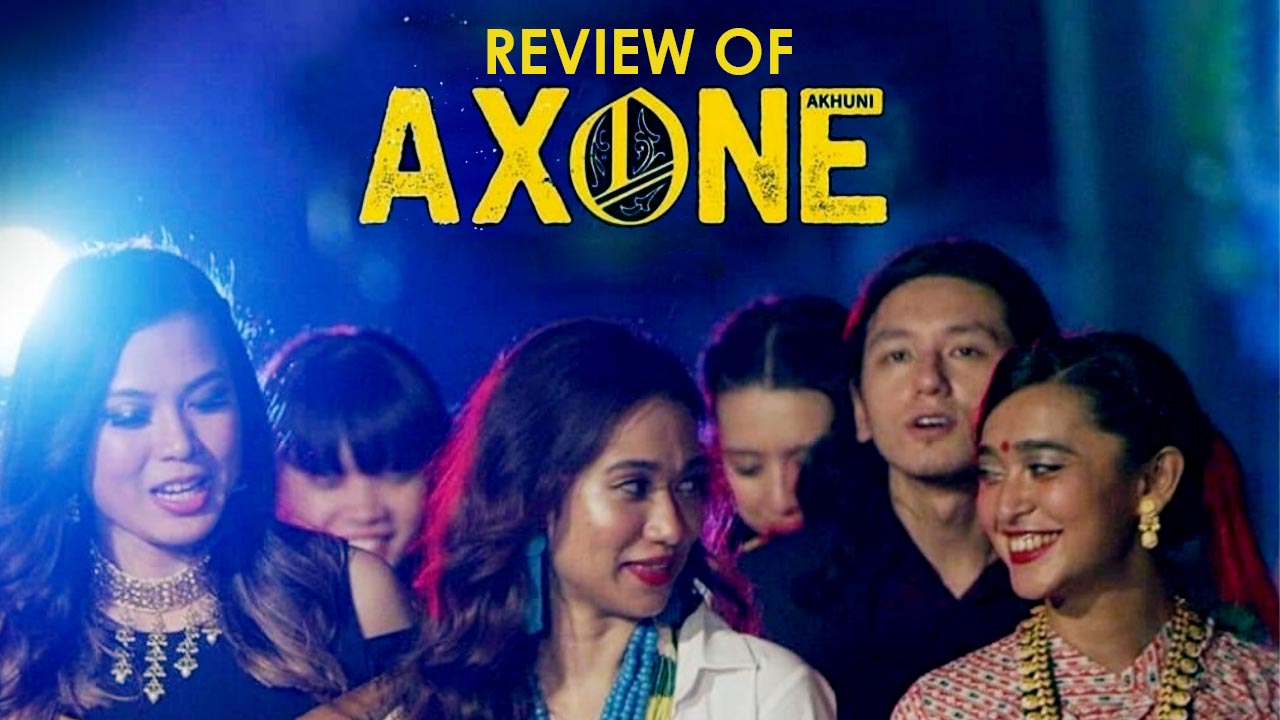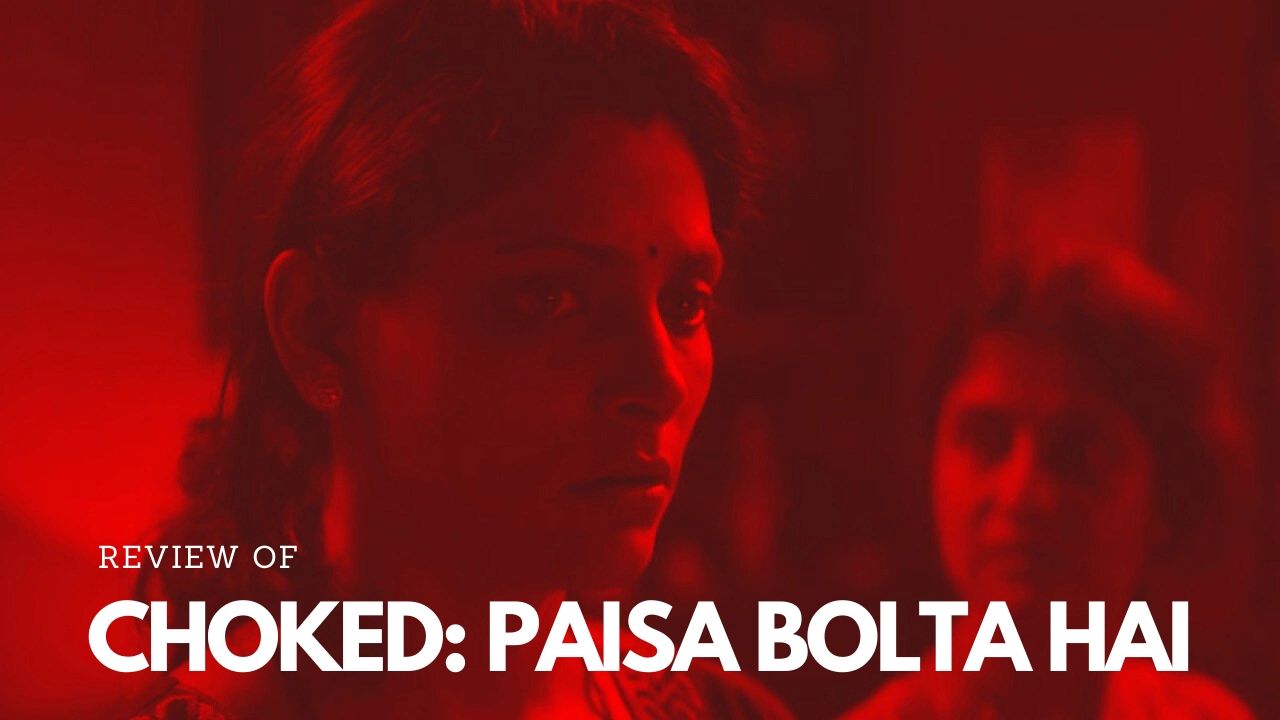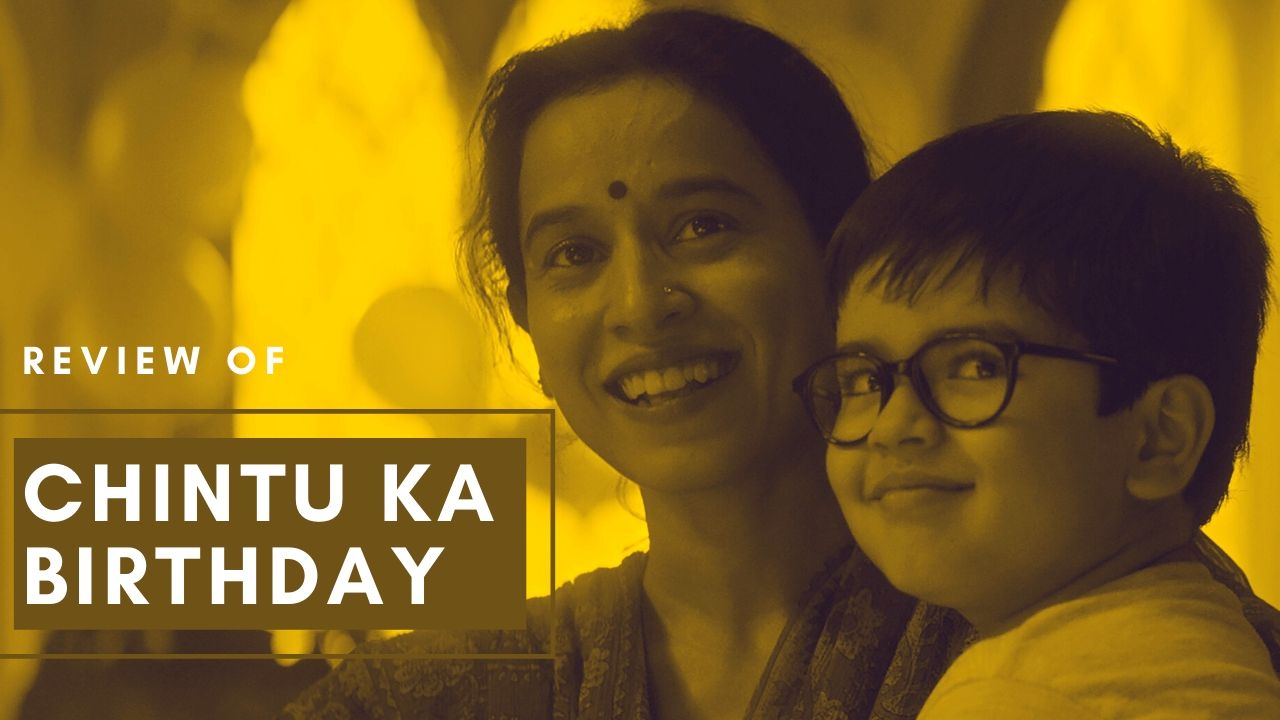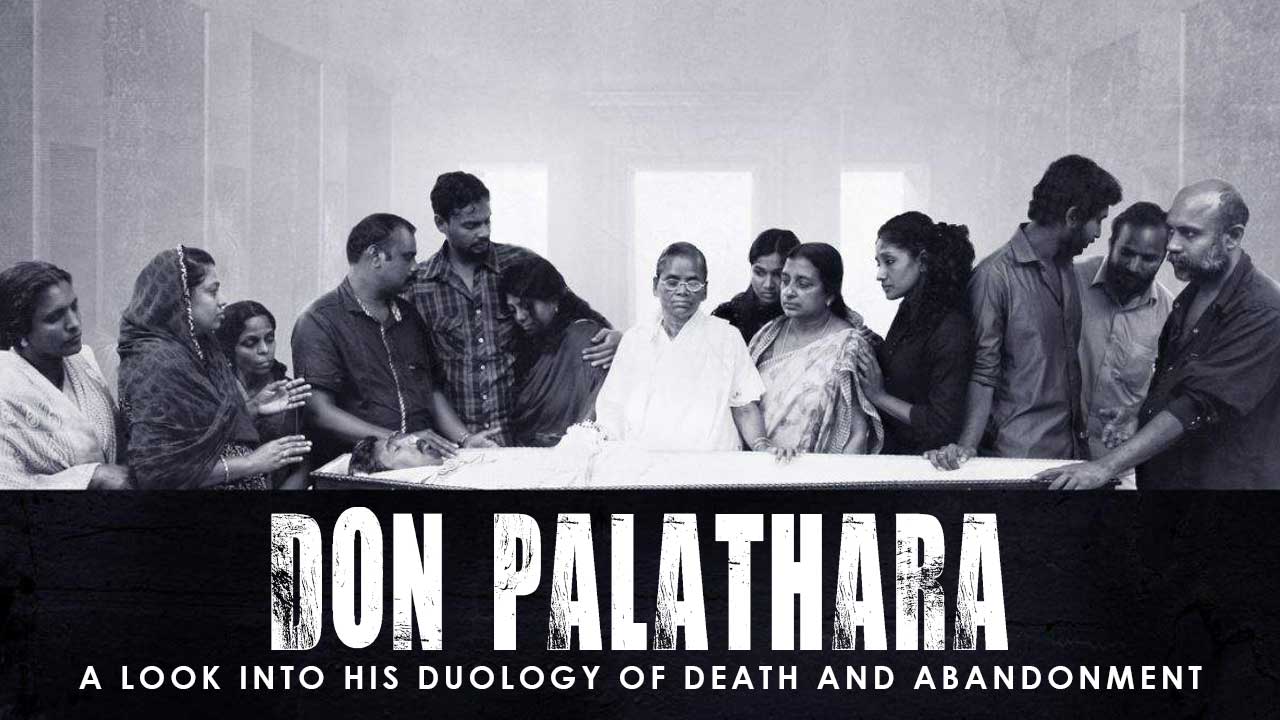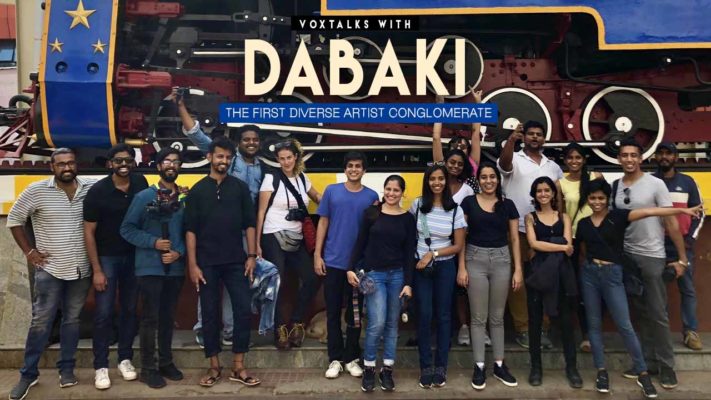
The Dabaki Effect On Art Society
Most of the art patrons and creative minds in the city, might’ve have come across an event which recently took place called the ‘Heart Talks’. This event, unlike any other, for the first time brought together, a congregation of creative talent from all walks of life, to perform in their own manner, issues which affect and enhance them as individuals. The event, conducted by artist conglomerate, Dabaki, provided much needed diversity and comprehension to often forgotten societal issues. Dabaki excelled in never restricting itself to one particular group or ideology. As an open-platform, it provided what every creative collective needs to provide – Freedom of Expression. Thus, it was imperative that we talk to the founder of Dabaki, Akhil Kommidi, and get to know their journey and understand their ideology in promoting artistic influences across products, projects and the woke populace itself…
Let’s start with the name itself. Dabaki, you see is not a common name. What’s the meaning behind it?
So the name, Dabaki actually comes from three cultures. You see ‘De’ as a word comes from Italian, which means ‘Where are you from?’. ‘Ba’ is from Egyptian, which refers to ‘feeding of the soul’, as there is a lot of offerings and prayers that it goes to the soul of God within the culture. So that comes back up from there, which refers to the question what ‘we offer to your soul’. And lastly ‘Ki’ in the Eastern philosophy refers to the universal energy that connects us all. So together ‘De-Ba-Ki’ is an existential journey of these three questions which is – ‘Where are you from?’ ‘What feeds your soul?’ and ‘Where are you going?’. So those are the answers that we kind of try to find through any of our projects. We go very existential as a nature to find the answers to these questions. Thus, ‘Dabaki’ is a new word that we put together.
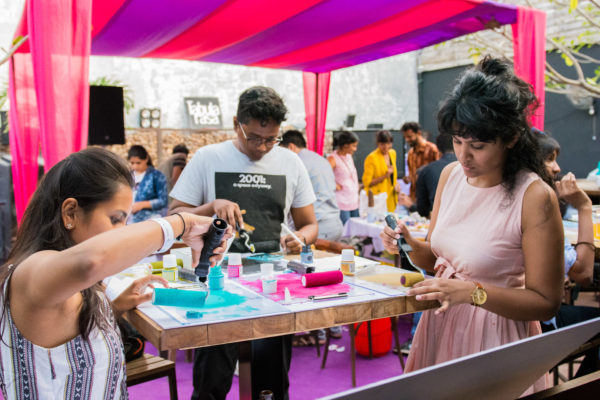
Now, that we understand Dabaki as a definition, what does the organization itself stand for in its functionality and motives?
Dabaki is a platform for all sorts of artists from various disciplines, to come here and work through different projects that we have. We try to collaborate with artists who are very authentic, original and are wired to be trailblazers in their own field of work. So, what we try and do is that we have these different productions. One of them being ‘Art in Motion’, which is a travel-based web series, where we take the artists, put them together and travel them to a place. Once they go to the place, they immerse themselves into the culture, take the stories of the region make artworks inspired by these pieces.
So, we had nine artists who went to Nilgiris constituting – a fashion designer, two musicians (who worked on an album), which was inspired by region. Then, there was a photographer who did a series of photographs, and a fashion designer ended up home decor collection, along with the designer, and another capsule collection of clothes inspired by the Nilgiris. So, we had different artists come together and do this. Now. That’s our one production, where all this journey is documented into a web-series.
And then there is ‘HeartTalks’, which is a production of people – of artists who use voice and performance as their medium of expression. We bring them all onto one stage and they share their stories in a performance piece. Also, we have this other product which is ‘The Residencies’, where we cater to anybody who wants to know an art form as a remedial measure. Could be an organization or a company that has a specific requirement for their employees that they want to offer – we then create an experience for them, which lasts over a weekend where these issues or requirements are dealt with for that. Thus, through different avenues we curate and produce content out of the art experiences.
Cambodia Undreamed – Dabaki Journey (2018)
Cambodia, once a ‘Pearl’ of Southeast Asia was a dream destination for art and culture.During the Khmer Rouge regime, in an attempt to exterminate all art, knowledge and religion, 1.7 million people were killed, including 90% of Cambodia’s artists. Where genocide once destroyed, today, we celebrate the freedom to create a renewed, undreamed Cambodia.Dabaki – Earlier this year, we curated a journey to the magical land of Cambodia featuring 16 amazing artists from India & Kenya. Through the journey, these artists explored sights of historic significance, interacted with the local artists through workshops and collaborated with each other to create artworks inspired by Cambodia! We produced 8 films, a music EP (2 original songs), several paintings, photographs, poems, a dance production and a VR experience!Here's presenting our film 'Cambodia Undreamed' encapsulating our magical experience through this fascinating land! Watch out for more! CREDITS: Directed by – Aaditi KulshreshthaCinematography by – Farhan Ahmed, Rahat Kulshreshtha & Aaditi KulshreshthaEdited by – Abhimanyu TewariMusic by – PAT PANDAVoice by – Alan Watts IN COLLABORATION WITH: Quidich, Wide Angle Films & The UndreamedFOLLOW US: Dabaki – https://www.dabaki.comFacebook – https://www.facebook.com/whatisdabaki/Instagram – https://www.instagram.com/_dabaki/YouTube – https://www.youtube.com/watch?v=uDrhZpmMd4EJoin the journey! Let's #explore, #inspire #create & #collaborate!
Posted by Dabaki on Monday, 17 September 2018
When did Dabaki start and how has the journey shaped up till now given the fact that it is a unique community driven by artists?
It’s been about 18 to 20 months since we’ve started. We started the organization from December 2017. In February 2018, we did our first journey to Cambodia. That was where we featured 16 artists from across India for the first time. Within there, we did a lot of content – albeit paintings, fashion design experiences (again inspired by the region). We followed it up with Nilgris last year. And now next year in January we are going to travel again. Also, we have a couple of residencies coming in the next few months. Additionally, we have these projects like ‘Heart Talks’ which keep going on apart from others.
So, how did all the idea of Dabaki start? What was the idea/mission you had when you started? What was the idea going forward?
I myself am a Photographer and a documentary filmmaker. I’ve been doing that for about two years prior to starting Dabaki. Before that I was into Event Planning as well. I have a company here in Hyderabad, which is into the planning and delivery. I also worked in travel curation with an education company. So, what I had experienced that over the years, I wanted to bring it altogether to a platform. Also, it was a much-needed facility for artists, since in our country, artists have opportunities, but organizations which supports the same need to exist. So, I thought the timing couldn’t have been more perfect. Thus through, my personal experience in event curation, travel curation, and being an artist myself, and the empathy towards the need of a fellow artist, the concept of Dabaki emerged. Hence, Dabaki became an amalgam of need and experience.

One thing that seems common is that you are trying to synergise talents, rather bring different types of artists together. Do you face a challenge in bringing them together and work towards a common motive?
It’s challenging for sure. But then if you see, there are multiple products, which attract sets of artists. So, each one is focused with different aspect of the program. Also, what I’ve also understood is that when you travel – let’s say you’re a photographer, and someone is a writer and the other a filmmaker – if we travel together, we get to understand the different perspectives of the same matter. And that’s what we noticed in our first trip in Cambodia as well. I’ve noticed that with so many artists around you, there’s a lot more that you can see and much more that you can do on these trips. So, what we’re trying to do is to bring all these perspectives up onto one stage. That was our end goal and that’s how we kind of built this platform. The challenge of course was to make content derived from each perspective. So yeah, it is challenging, but it is fun. And the response that we had so far was good.
Now since there is an experience in mind and you already have a vision, how does Dabaki select artists to partake in the journey.
We obviously reach out to them through social media platforms like Facebook or Instagram. And we also see how authentic an artist is and how sincere their artwork is. So we try to find artists across these different criteria that we kind, where we sit together, curate that list and we try to assess how these artists would work together given the situation. And then we invite them. Also, some artists come forward by themselves and apply. And so, we do a combination of both.
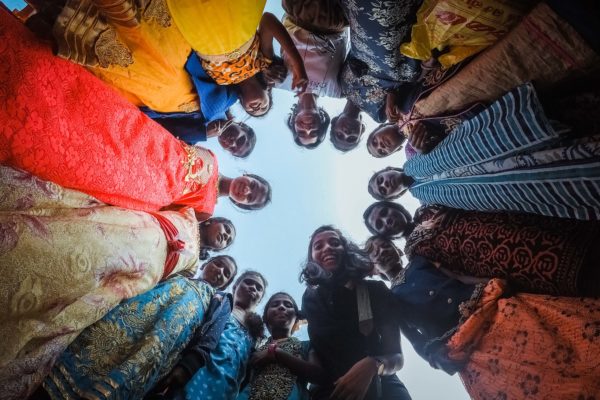
In this process, what is the most challenging thing that you had to face personally, and also as an organization?
For this project (Nilgiris) because it’s a documentary project, a lot of permissions for filming were needed. And the language barrier was a major issue. Obviously, we had our local coordinators in place, but in some places where the filmmakers go, there can be tough times. The challenge emerges where you’re working with sensitive groups, like, for example, when we went to the Toda Village, we faced a bit of hostility there. Their artwork is very much protected by the region. Only they happen to do a specific type of embroidery, which is both certified and original. So, the fashion designer in our team had to communicate with them, and with great effort convince them to design her bags. It was a big challenge because they only work with only a certain design and pattern. We had to get through the message that we were merely trying to celebrate their artwork and not plagiarize or steal it.
So, these are some of challenges, but it’s also very interesting to see how different people think. Right? So, the idea is to bridge that gap. And obviously, the more places we go to, we’ll see what challenges come through.
Earlier you had mentioned about different projects under Dabaki, would you say that the manpower involved matches the project requirements? And how does the process work behind the scenes?
We are a very small team on full time basis. And we work with everybody on a project basis. So, for the Nilgiris journey, we had 20 people working on the journey, includes the film team, the artists themselves, a local team as well and then there are each day these local collaborators as well.
And then we had a festival called ‘Dabaki Rising’, earlier this year where we engaged and worked with over 60 people. And these were 50 artists who came down to Hyderabad from other cities. And then we had a core team of about 20 volunteers and then we had a production team of 15 people and so on. So, we work with people, depending on how big or small the project is.
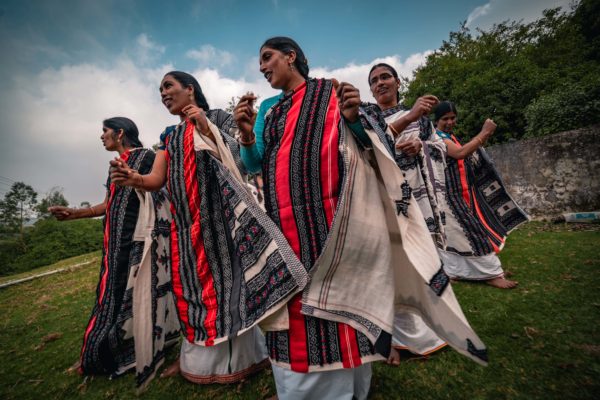
Now, if someone is interested to collaborate with the Dabaki, what are some things they can expect out of such collaboration and what are some things that they need to keep in mind while seeking such collaboration?
If you’re an artist you can reach out to us to either, be a part of our journeys, or be a part of our residencies, or whether you want to curate a workshop with us, or come up with a different production in itself, you can reach out to us in any form. Then if you are a brand or an organization, you can reach out to us saying, Hey, we want to collaborate or use our brand through the placement or vice versa. Or if you’re a venue, you can reach out to us saying that we want to do something with our venue. I’m sure we can fit in requests in one of our productions or we can co create something together. Thus, it depends on different factors and offerings brought to the table.
So, moving forward, what are the different kind of projects/avenues that one can expect coming from Dabaki?
Residencies is one major thing, which happens regularly through October. And probably every two months, say every 45 days, we’ll be conducting those. And of course, the journeys with artists who are established in their fields – we want to do a whole plan-based documentary. And obviously there’s a lot of workshops and gigs that are scheduled to happen. So, you can look forward to that. Everything is on our website, and Instagram is the best way to reach us. Also, our documentaries, more like a docu-drama, will be coming up soon on a known OTT, mostly by November once the post-production is done. All the other video stuff will be hosted on our YouTube channel as well.
Thus, for art patrons we now have a platform, which believes in dynamic and vibrant exploration of nature, and bringing out the best of organic creativity. Do check out their platforms to be updated regarding their various programs and products. Until next time, keep creating.!!
